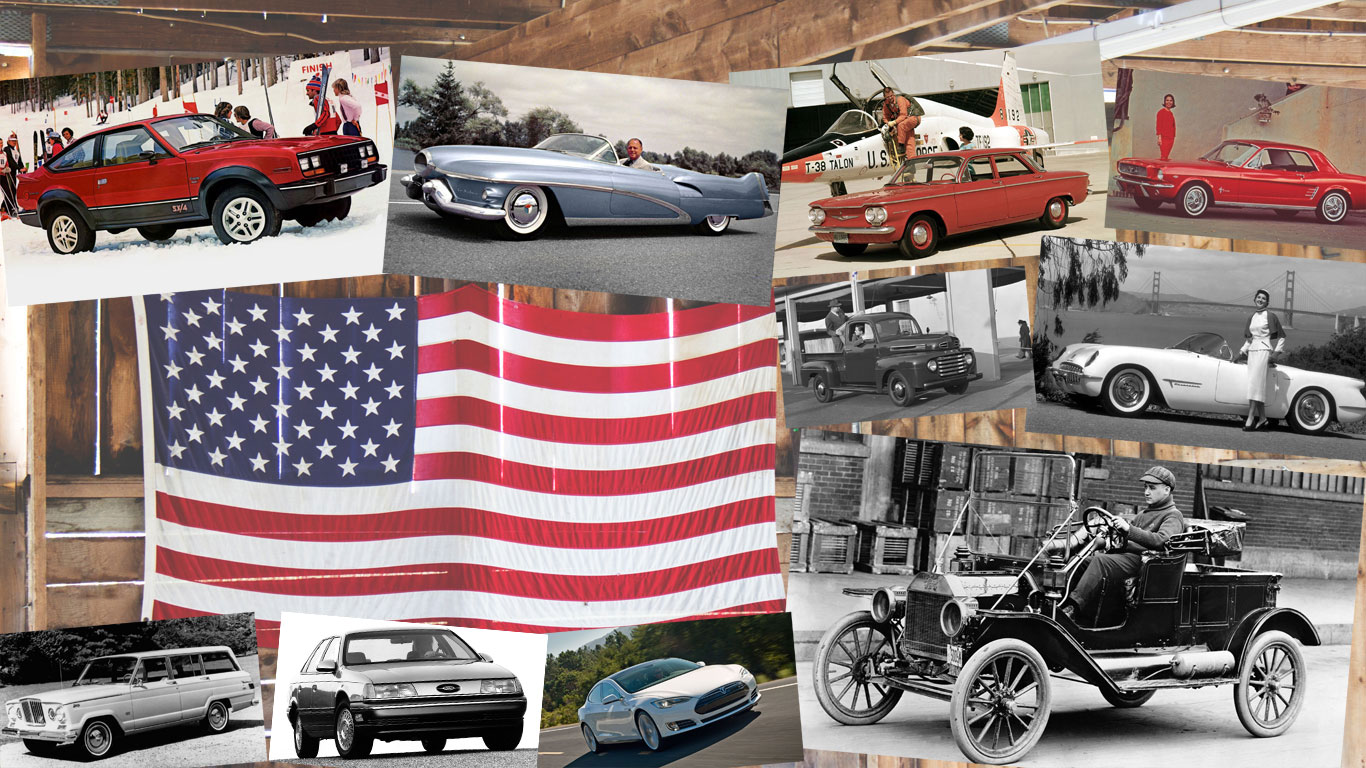
To celebrate Independence Day (no, not the Will Smith movie), we’ve put together a list of American cars that broke the mould. Automobiles that deserve a virtual high five. As Will Smith might say: we’ve got to get ourselves one of these.
AMC Eagle
Putting this list into some kind of order was proving tricky, so we gave up and opted for a simple A-Z. Which, by default, gives the AMC Eagle top billing. Not that this is an issue, because this was a true pioneer, blazing a trail for a new breed of off-road vehicles. With the notable exception of the Subaru Leone, before the Eagle had landed, 4x4s tended to be lumbering and heavy SUVs. Thanks to its Ferguson Formula (FF) all-wheel drive system, it’s also a distant relative of the Jensen FF.
Buick Riviera
On a shorter list, the Buick Riviera might not have made the cut, but its impact in the US cannot be underestimated. GM’s design chief, Bill Mitchell, is reported to have demanded the style and luxury of a Rolls-Royce with the performance of a Ferrari. The result was one of the most elegant and sought-after V8-engined cars of the 1960s. This wasn’t the first American luxury car, but it’s one of the first to call upon influences from the other side of the Atlantic.
Cadillac Eldorado
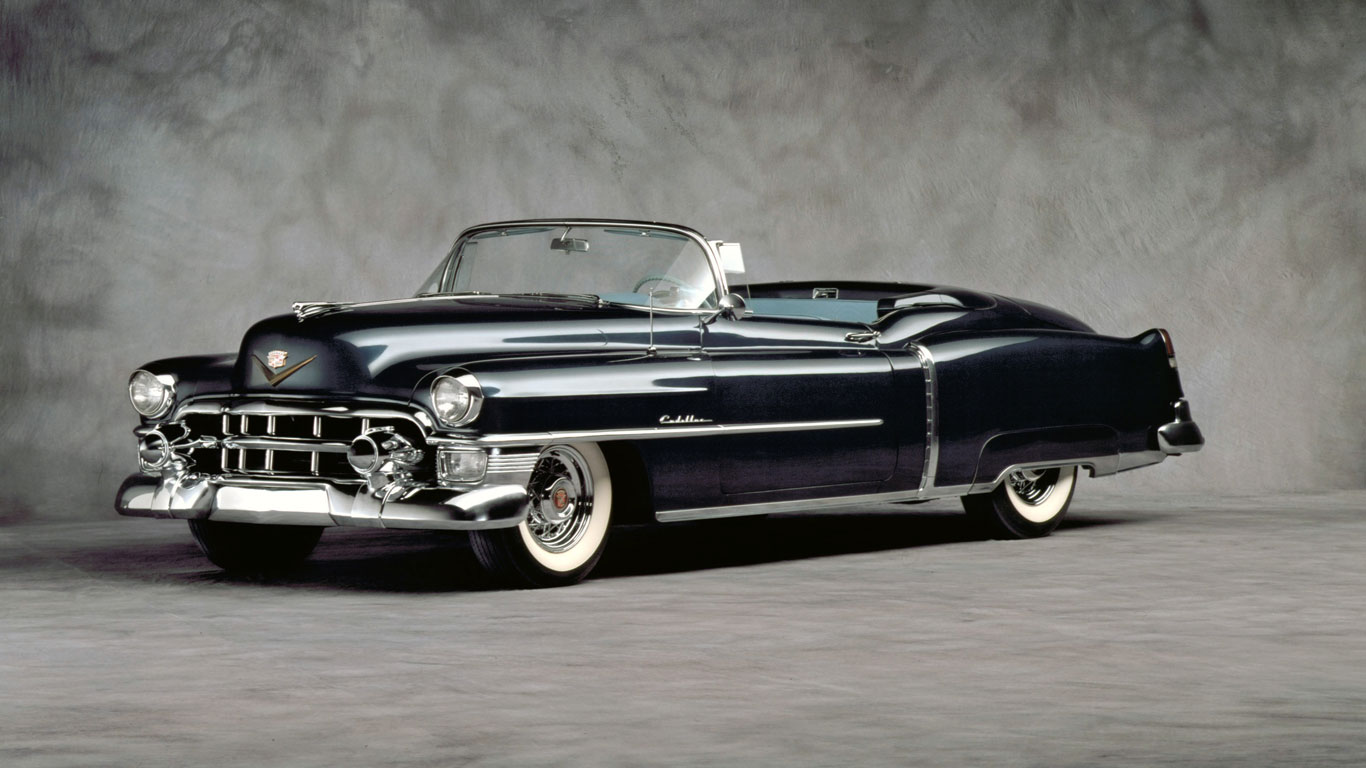
Revolutionary? Not really. Game changing? We think not. But as a symbol of the American dream and a hark back to the country’s golden age, few cars can touch the 1953 Cadillac Eldorado. Its follow-up, the 1959 Eldorado, symbolised the era of massive fins, chrome and excess.
Chevrolet Bel Air
Few cars encapsulate the image of 1950s Americana better than the Chevrolet Bel Air. The first generation car of 1950 ushered in a new era of car design and while the Bel Air had many imitators, few managed to capture its magic. Note the design of the hardtop, styled to look like a convertible. The idea wasn’t new, but Chevrolet popularised the concept.
Chevrolet Corvair
The Chevrolet Corvair was the only American mass-produced car to feature a rear-mounted air-cooled engine, which pitched it against the Volkswagen Beetle. But it was this layout, combined with a swing axle rear suspension, that led to wild handling characteristics. A number of single-vehicle accidents led to 100 lawsuits and the publishing of the book: Unsafe at Any Speed. Cutting a long story short, this changed the process of interaction between consumers and manufacturers.
Chevrolet Corvette
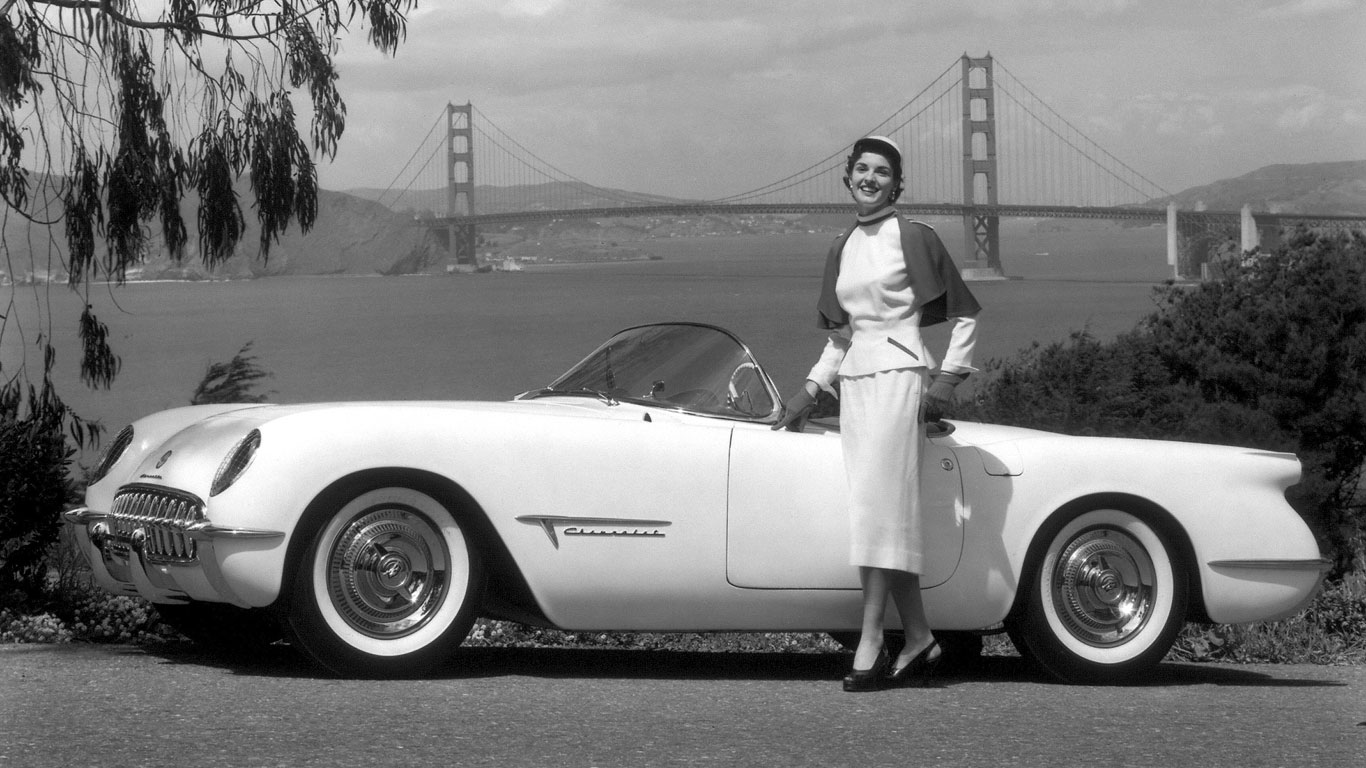
A production run spanning seven different decades and global recognition would be enough to earn the Chevrolet Corvette a place in this gallery. But the Vette was also the first sports car to be built in America and the first production car to be built using a fibreglass body. The Corvette name stemmed from a small, manoeuvrable frigate of the 17th century.
Chevrolet Suburban
We offer two reasons for the inclusion of the Chevrolet Suburban. Firstly, it’s the longest running nameplate in the world. Secondly, the first generation car – known as the Suburban Carryall – featured seating for up to eight people. It was therefore an early interpretation of the people carrier recipe.
Chrysler 300 Series
The Chrysler 300 Series of cars are considered to be America’s first performance cars, evolving from the C-300 of 1955, through to the 300B, 300C and beyond. The C-300 was the first American production car to develop 355hp, while the 300B gets the credit as the first car to produce 1hp per cubic inch.
Chrysler Thunderbolt
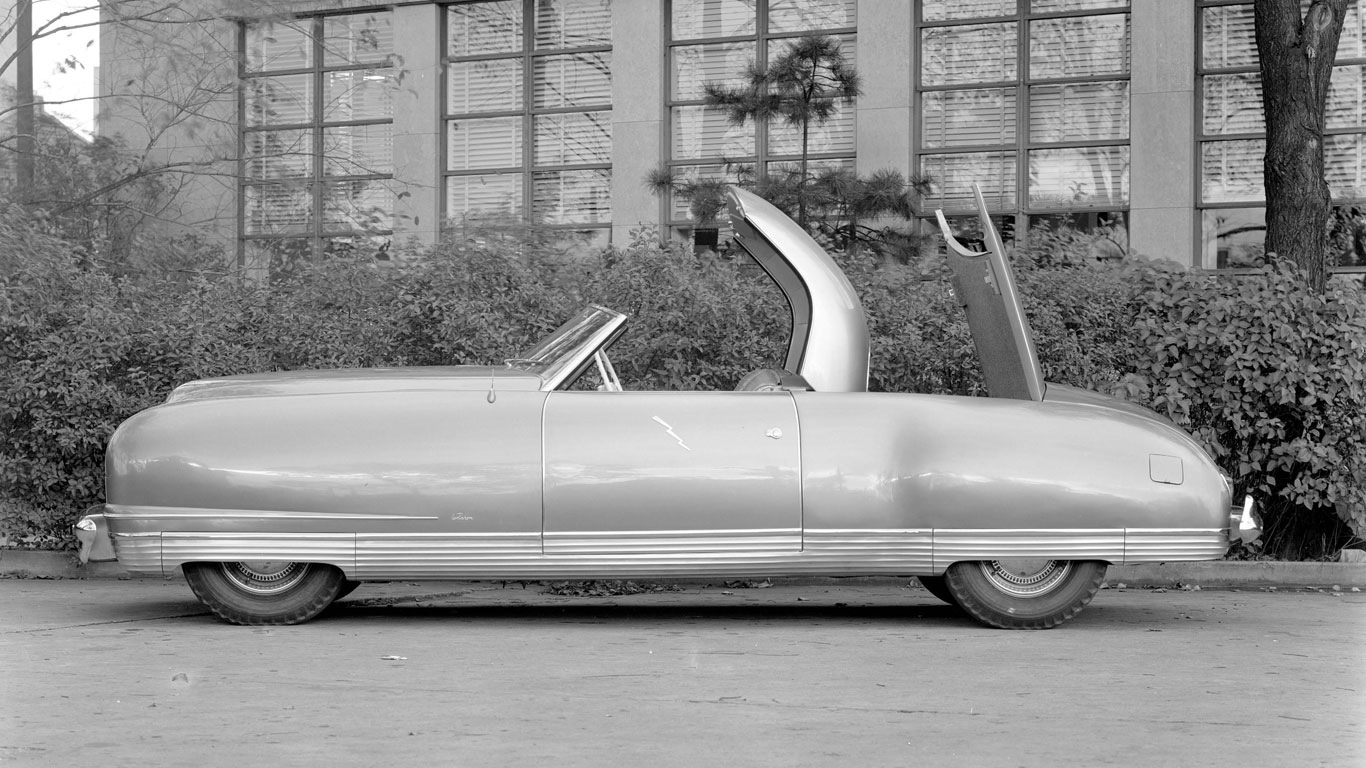
Though Peugeot had got there first with the first production, electrically-operated retractable hardtop, the Chrysler Thunderbolt of 1941 takes the honour as being the first American version. Other innovations included retractable headlights, doors that opened via buttons and air intakes beneath the front bumper. Even today, the Thunderbolt still manages to look futuristic.
Chrysler Turbine Car
The Chrysler Turbine Car probably has no place in a gallery focused on cars that broke the mould. Had Chrysler got its way, we could have been driving about in jet-powered cars, which sounds exciting and futuristic, even today. As it happened, the project was scrapped, with Chrysler crushing all but a handful of examples. If you haven’t watched it already, check out Jay Leno’s review online. It’s terrific stuff.
Cord 810
The Cord 810 was a stunning, if ultimately expensive, vision of the future. The L-29 was America’s first front-wheel drive car, but the 810 took this forward with a package that included independent front suspension. It also featured concealed headlights, a hidden fuel filler cap and the world’s first horn ring.
Dodge Caravan
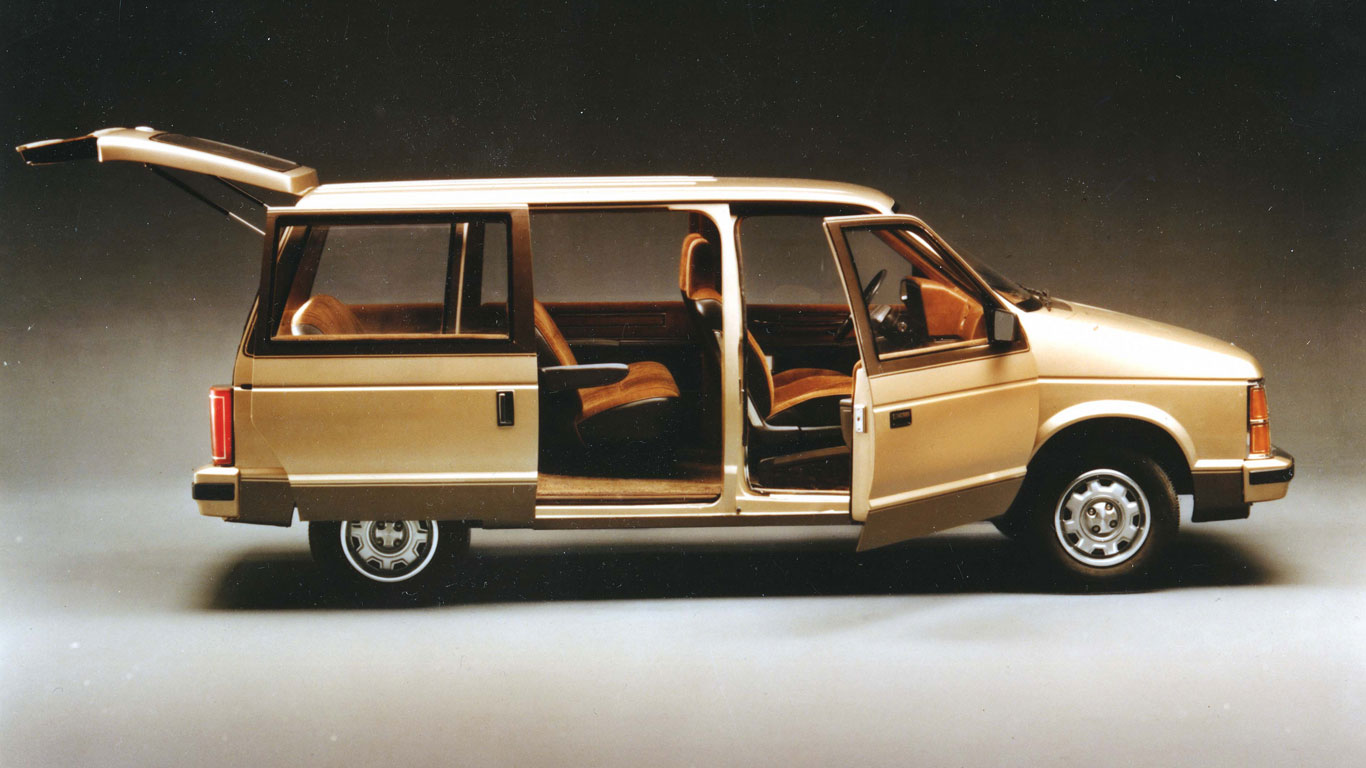
To fans of muscle cars and rear-wheel drive legends, the inclusion of the Dodge Caravan might ruffle a few feathers. But in its day, the front-wheel drive Dodge Caravan was a revolutionary package, offering up to seven seats in a space shorter than a full-size station wagon. Chrysler’s minivans set the tone for a new breed of people carriers and – quite literally – changed the shape of American vehicles.
Dodge Viper
The recipe might seem rather primitive, but there’s no doubting the Dodge Viper’s significance. Stripped back to the barest of essentials, the Viper was loaded with an 8.0-litre V10 engine developing 400hp and 465lb ft of torque, helping to propel it to a top speed in excess of 160mph. It was crude, but it was also a relative bargain, putting supercar-taming potential within reach of the everyman.
Duesenberg Model SJ
The Duesenberg Model J was the supercar of the late 20s and 30s, offering a blend of luxury and brutal performance. The Model SJ was in a different league, adding a supercharger to its armoury to offer a top speed of around 140mph. A remarkable achievement, given 100mph was considered otherwordly.
Dymaxion
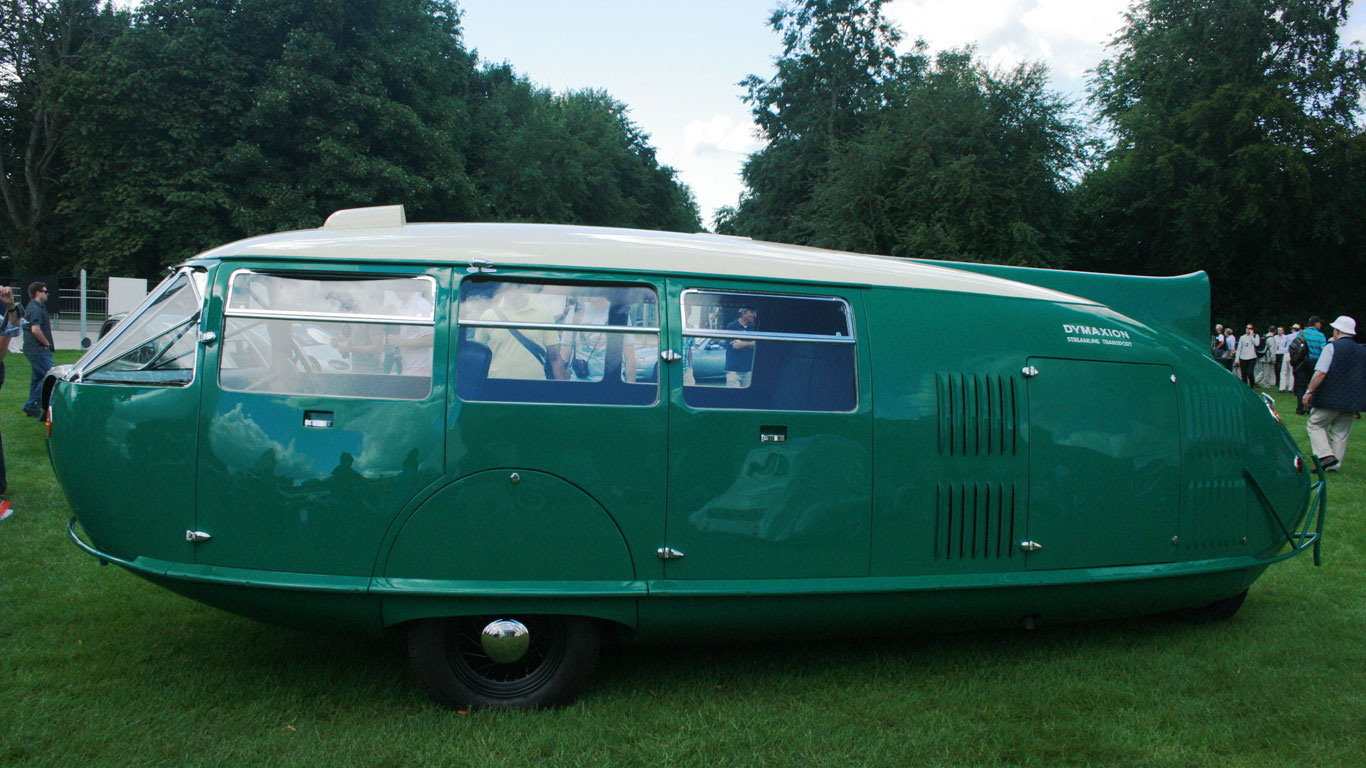
Buckminster Fuller – great name, not so great car designer. Fuller was an architect who had visions of a future including industrial system-built houses and flying cars. The Dymaxion car was wingless, but was intended to ‘plane’ on two wheels. It was flawed and the prototype was involved in a fatal accident at the 1933 Chicago World Exposition. As the Design Museum says: “the Dymaxion proved for ever that architects should not meddle with automotive design”.
Ford F-Series
The pickup is part of the fabric of America and the Ford F-Series is the most successful of the breed. It’s an institution. A legend. It’s part of the furniture. It can trace its roots back as far as 1948 and is consistently America’s best-selling vehicle.
Ford GT40
The GT40 is a controversial choice. To some Americans, the car’s Lola underpinnings and construction in Slough make it a British car, while the Brits will argue it’s a product of Uncle Henry. Whatever, its success at Le Mans was the equivalent of Henry Ford turning up at Maranello, pressing the doorbell and running away before Enzo Ferrari had managed to reach the door.
Ford Model 18
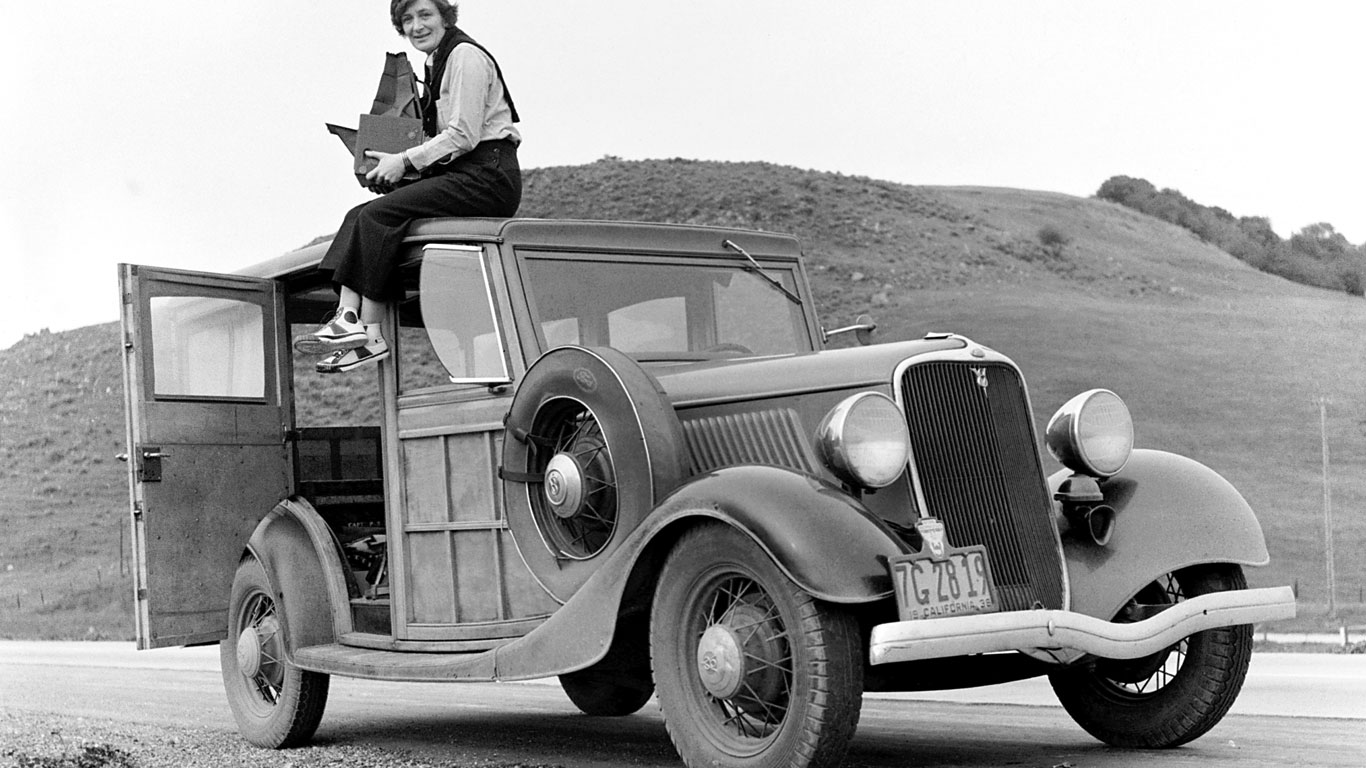
V8 fans should raise a glass to the 1933 Ford, because this was the first affordable, mass-produced car to be powered by a V8 engine. The Model 18 arrived in 1932 and was replaced by the Model in 1933.
Ford Model T
Launched in 1908, the Model T wasn’t the first car to be built, but it was the vehicle that mobilised an entire nation. For the first time, the automobile was accessible to more than just the upper reaches of society. Furthermore, the Model T was the first mass-produced car built on a moving assembly line.
Ford Mustang
There had been quicker cars, there had been cheaper cars, heck, there had been more beautiful cars. But few cars had made an impact quite like the Ford Mustang. It offered a slice of exotica to the post-war ‘baby boomer’ generation and captured an emergent trend towards optimism and a brighter future. It’s also one of just a handful of cars that are recognised simply by their model name.
Ford Pinto
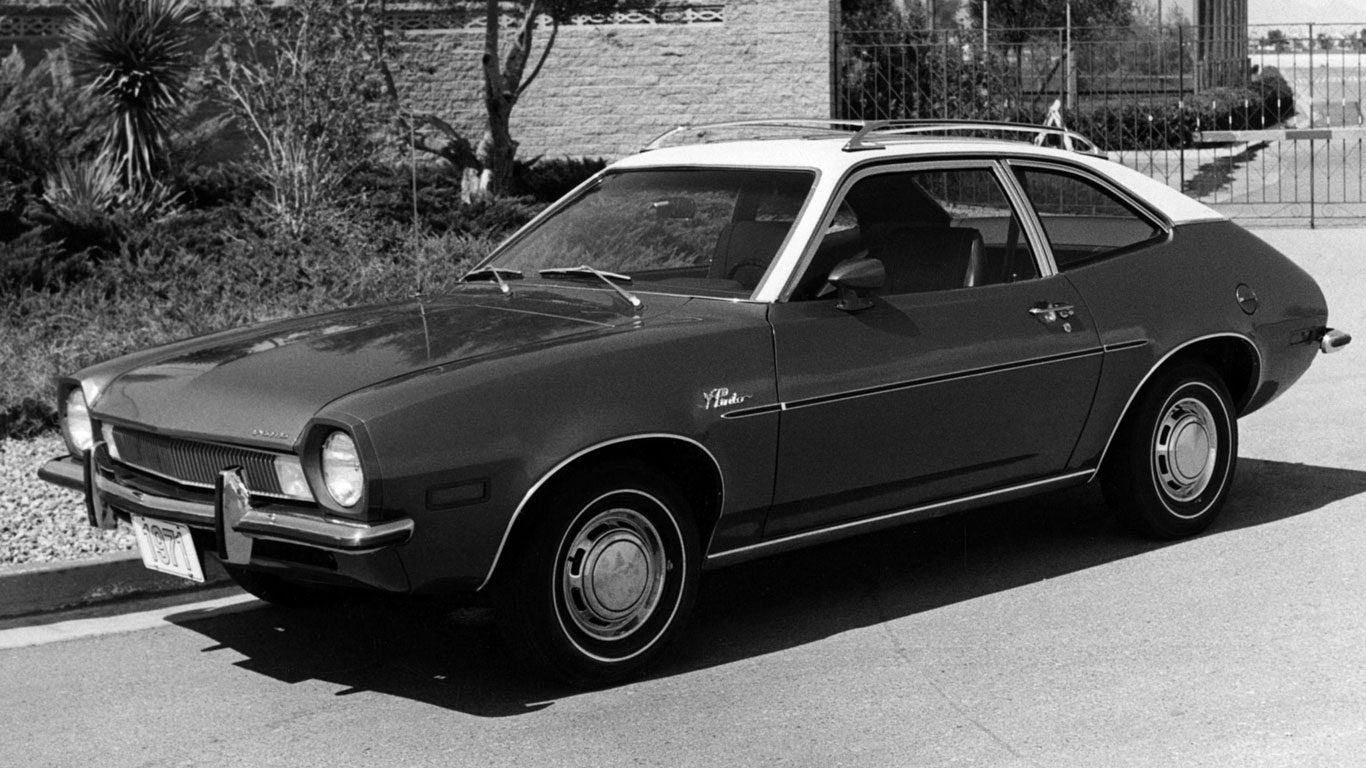
Arguably one of the most famous cars in American history, but for all the wrong reasons. The Ford Pinto’s tendency to explode in the event of a rear-end collision didn’t exactly help sales, but it thrust it to the front of American newspapers. The most infamous American car in history?
Ford Fairlane 500 Skyliner
It was billed as the ‘world’s only hide-away hardtop’ and while retractable roofs were nothing new, the Ford Fairlane 500 Skyliner was quite the innovator. Rather than using hydraulics, as was commonplace at the time, the Skyliner used a series of electric motors – three to open the rear deck, one to unlock the top and another to send it into the boot. The rear deck then lowered via a separate servo, with the entire process taking less than a minute.
Ford Taurus
The 1981 Ford Taurus saved the company from bankruptcy, but it didn’t happen by accident. When the project team set out to create the car, they evaluated 400 different characteristics of the best cars in the world, ranging from the feel of the heater control to the appearance under the bonnet. Numerous design features ensured it was one of the most aerodynamic cars in the world.
Ford Thunderbird
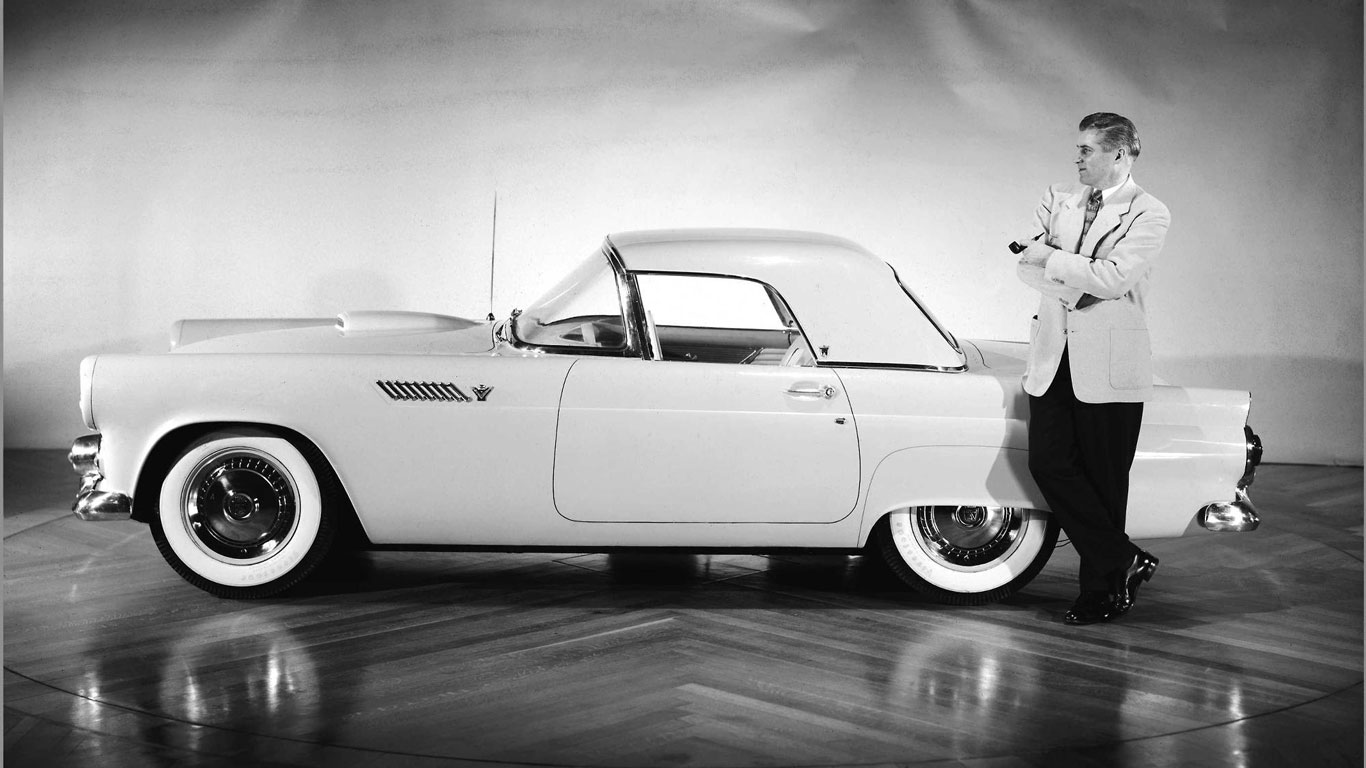
Though the Ford Thunderbird had the look of a sports car, it was the first vehicle to be marketed more as a personal luxury car. The T-bird became a social and cultural icon, with a legion of celebrity owners helping to elevate the Ford to a higher plane. Over 4.4 million units were sold before Ford, and not daddy, took the T-bird away in 2005.
GM EV1
Twenty years on, the GM EV1 looks like the right car in the wrong era. It was the first mass-produced and purpose-designed electric car and the first to be produced by a major American carmaker. A range of 100 miles simply wasn’t enough for the majority of Americans, while as a two seater it was hardly family friendly. It was also cripplingly expensive to build, meaning GM was all too quick to crush the majority of EV1s when the leases expired. A groundbreaking failure?
GM LeSabre Concept Car
The 1951 LeSabre Concept Car didn’t so much as break the mould as change it. This was one of the world’s first concept cars, which introduced a number of technical procedures that would become commonplace in automotive design. Indeed, by using precise measurements and data, the LeSabre Concept Car laid the foundations for computer-modelling techniques. The aircraft-inspired design influenced many cars of the 1950s.
Hennessey Venom GT
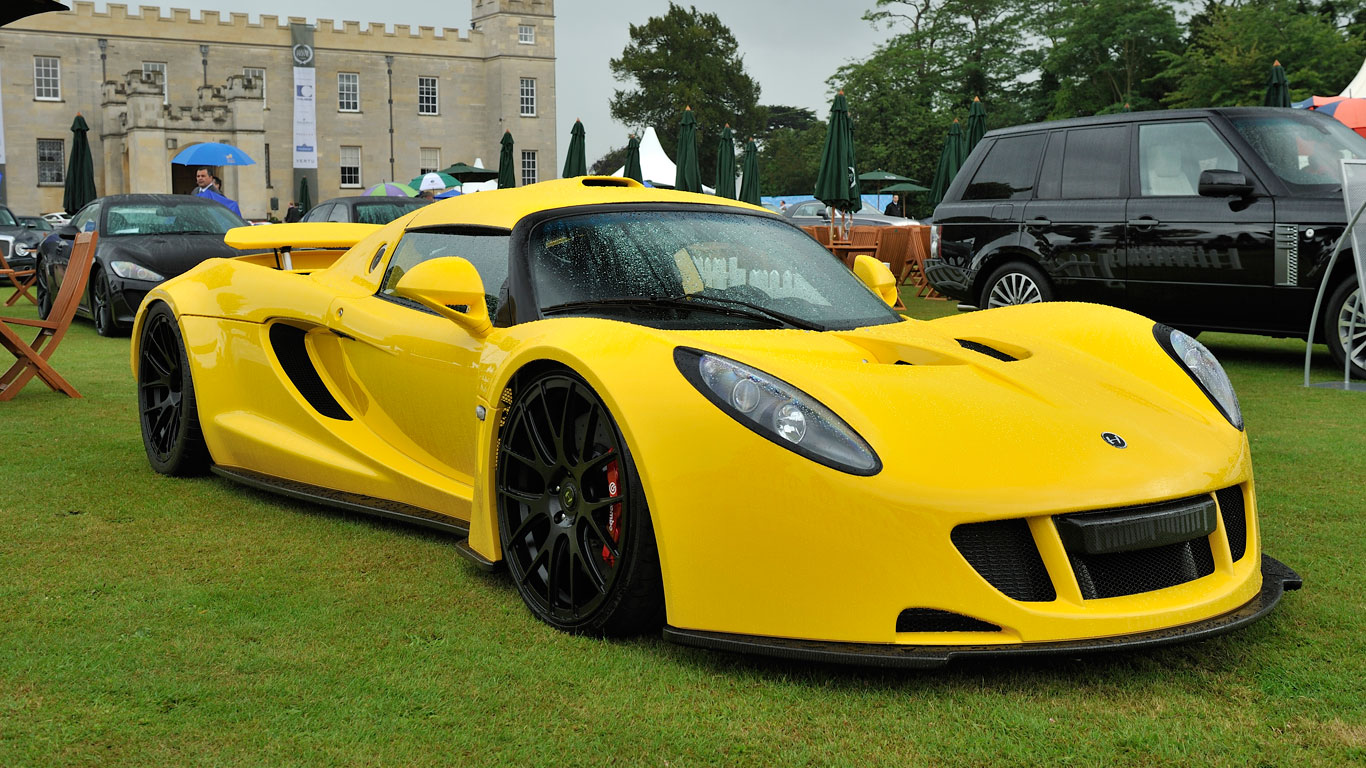
The Hennessey Venom GT is essentially a Lotus Exige fed on a diet of Red Bull and rocket fuel. It has set a number of unofficial speed records, including an amazing 270mph at the Kennedy Space Record. Unfortunately for the twin-turbocharged V8 Venom, it doesn’t qualify for a Guinness World Record as the speed would have to be recorded over a measured mile in both directions.
Honda Accord
Wait, what, a Honda Accord? While we accept Honda is as Japanese as sushi, the Mk2 Accord will go down in history as the first Japanese car to be built in America, changing the automotive landscape forever. The first Accord rolled off the Marysville production line in 1982.
Hummer H1
Few cars can thank the influence of one outside individual for coming to market. None other than Arnold Schwarzenegger convinced AM General to launch a civilian version of the HumVee, made famous by its role in Operation Desert Storm. The original Hummer was born and production would continue until 2006.
Jeep Wagoneer
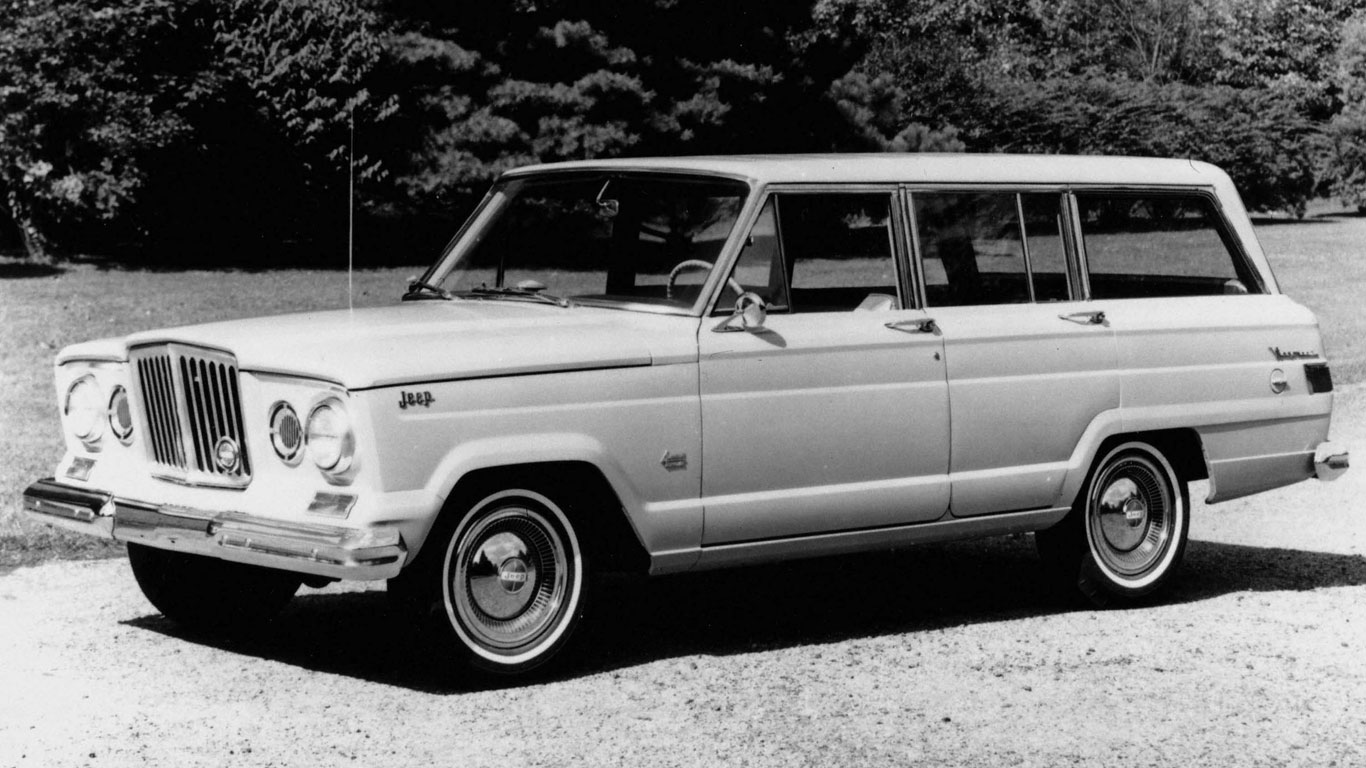
Step aside Range Rover, because this was the world’s first luxury SUV. Introduced in 1963, the Jeep Wagoneer offered the biggest cargo area and largest tailgate opening in its class, while passengers reveled in a huge amount of cabin space and a few luxuries. As it evolved, the Wagoneer grew ever more luxurious, spawning a larger Grand Wagoneer, before it made way for the Grand Cherokee.
Oldsmobile Curved Dash
While the Ford Model T was the first affordable mass-produced vehicle, the Oldsmobile Curved Dash of 1901 is credited as being the first mass-produced vehicle of any kind.
Oldsmobile ‘Rocket’ 88
Work started on the Rocket V8 engine back in 1946, with the engine going into production in 1948. The Oldsmobile Rocket 88 shot to fame as the pace car for the 1949 Indianapolis 500, before winning no fewer than six NASCAR races in the same year. It’s credited as being the world’s first muscle car.
Oldsmobile Toronado
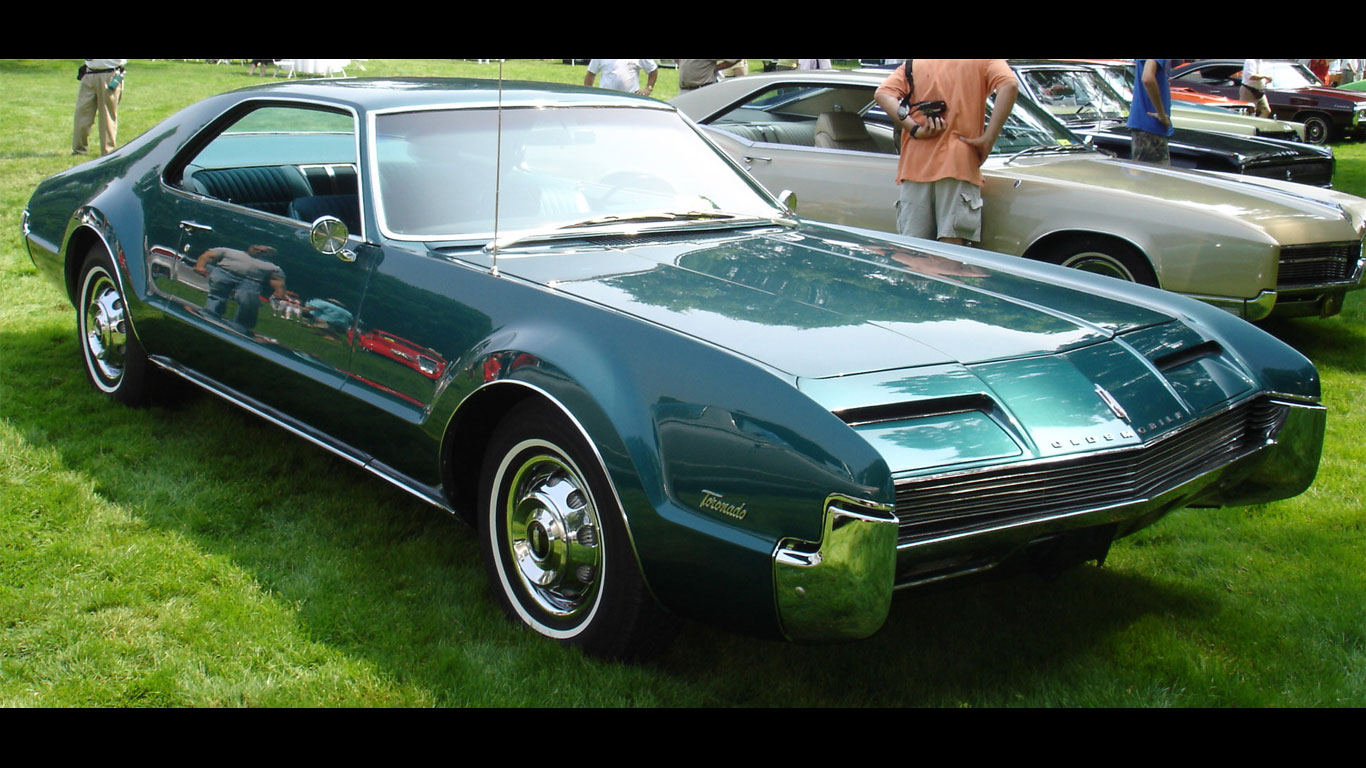
The aforementioned Cord was a bit of a false dawn for front-wheel drive, but it would make a reappearance in the Oldsmobile Toronado of 1966. This itself gives it historical significance as the first volume production front-wheel drive car since the 1930s. It went head-to-head with the Ford Thunderbird as one of the first personal luxury cars.
Shelby Cobra
The very first Shelby Cobra is set to go under the hammer at RM Sotheby’s auction in Monterey, California. The auctioneers describe it as “the most important modern American car – period.” Not convinced? RM Sotheby’s claims: “When it comes to American sports cars, CSX 2000 is without peers. Its historical significance and impact on the global sports car scene cannot be overstated.”
1923 Star
For many American children, a family holiday meant piling into a station wagon and hitting the freeway. Face it, nobody does station wagons quite like the Americans. And these big, softly-sprung and occasionally wood-panelled family trucksters can trace their roots all the way back to the 1923 Star – a vehicle large enough to carry passengers and their cargo.
Studebaker Avanti
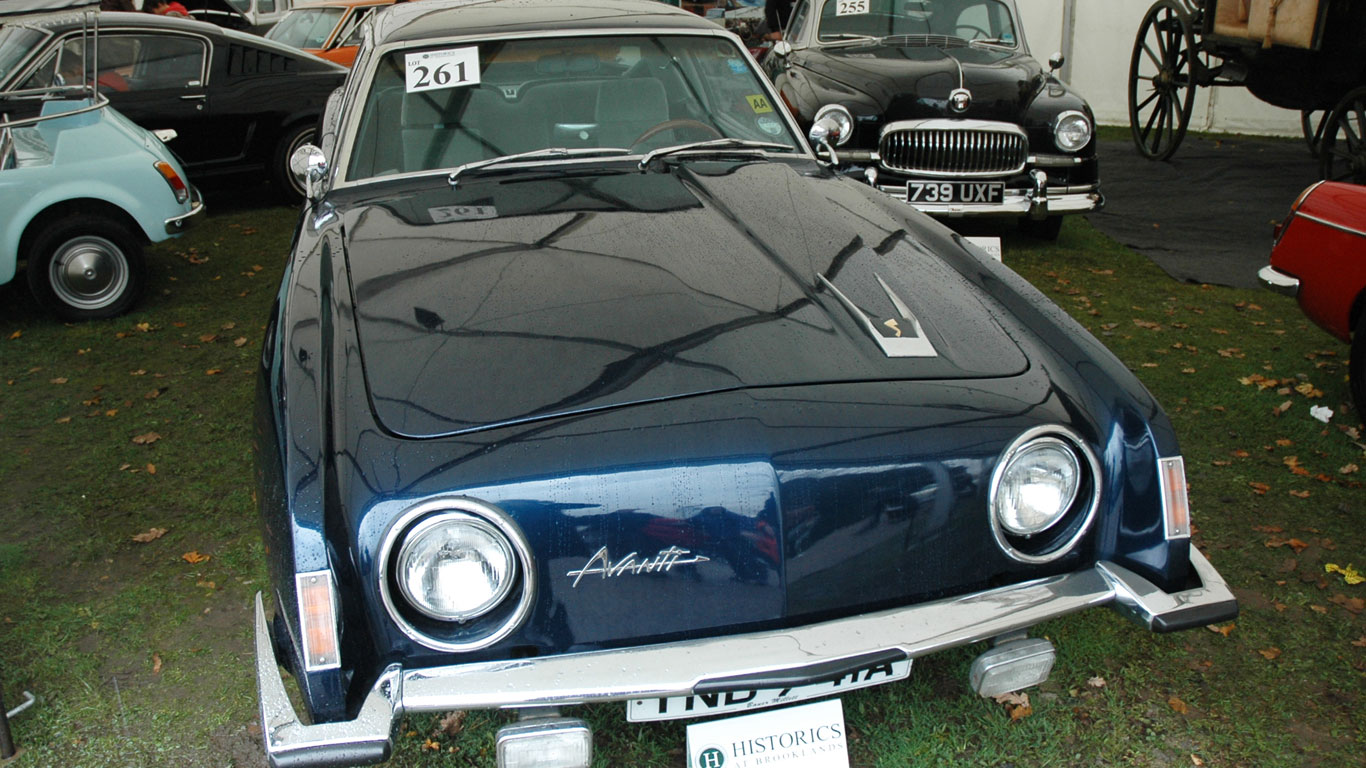
A genuine case of what might have been. The Studebaker Avanti’s styling was handled by the flamboyant Raymond Loewy and it was America’s first mass-produced fibreglass body, four-seat passenger car. Innovations included a built-in roll cage, padded interior and no front grille, while the shape was delightfully Italian in style. Sadly, production issues led to the demise of the Avanti, with Studebaker following soon after.
Tesla Model S
Is it too early to credit the Tesla Model S as being a car that broke the mould? Perhaps, but there’s no doubting its success, which has spread far beyond the coast of America. Here is an electric car that has the range and practicality to rival a standard car, while developing a near-cult status. It’s not cheap, but it has moved the game on.
Tucker 48
Preston Tucker assembled an all-star cast and the largest factory building in the world to bring the Tucker 48 to market. History will recall that, while the project was ill fated, the Tucker 48 had the potential to be a hugely successful automobile. Not only did it look magnificent, it also featured the likes of a central headlight that swivelled when cornering; disc brakes; a pop-out windscreen; rear engine; and a padded dashboard.
Vector W8
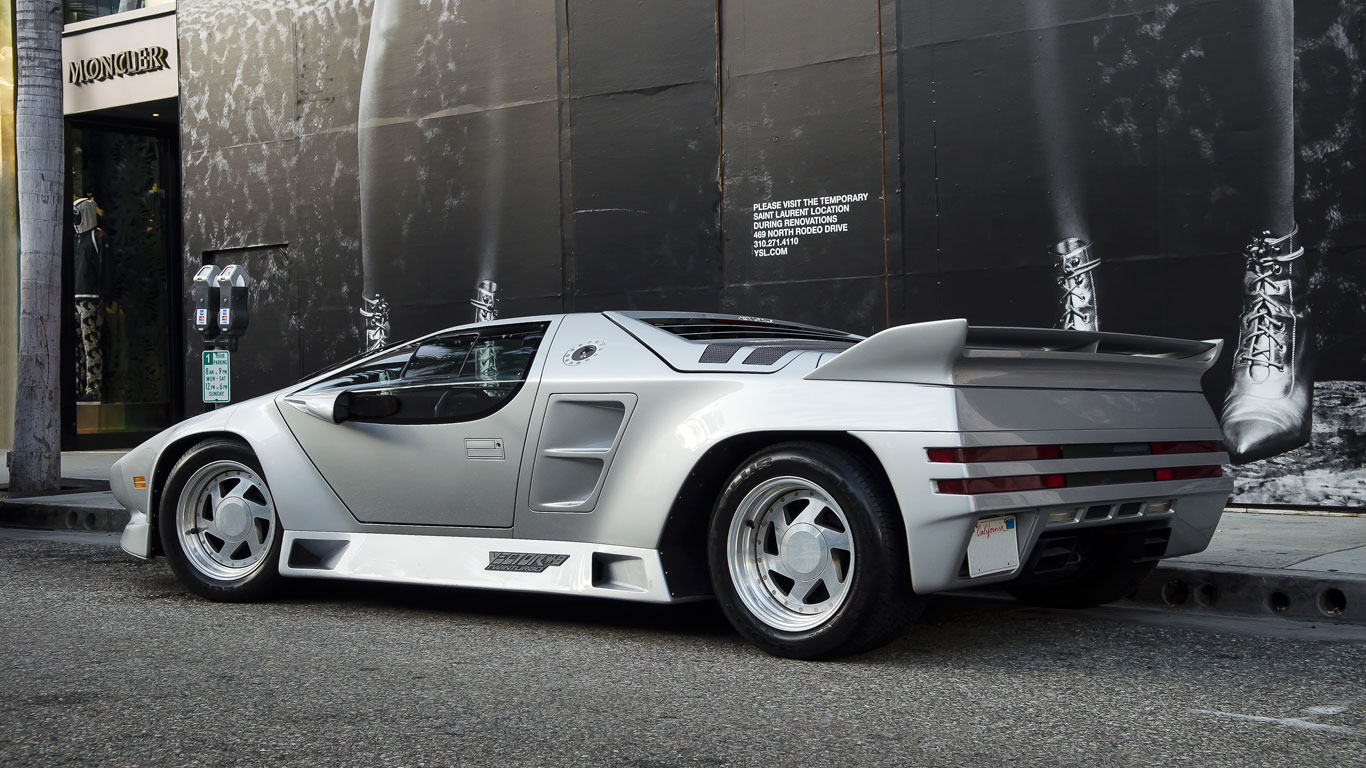
The first American-built supercar, arguably of all time, but certainly of the modern era. Thanks to its carbonfibre body and 650hp V8 engine, the Vector W8 could top 220mph, sprinting to 60mph in four seconds. Sadly, a $400,000 price tag resulted in slow sales, meaning Vector failed to get its W8 beyond second base.
1901 Waverley Electric
Early electric cars (such as the pair pictured here) outsold petrol cars in many parts of America, which suggests we haven’t really moved on at all. The Waverley Electric is, according to James May, a car that changed the world.
Willys MB Jeep
The Willys MB was the first mass-produced off-roader and the forefather of all modern SUVs. It played a significant role in the Second World War and yet its initial design was completed in just 49 days. It also influenced that other off-road icon – the original Land Rover.